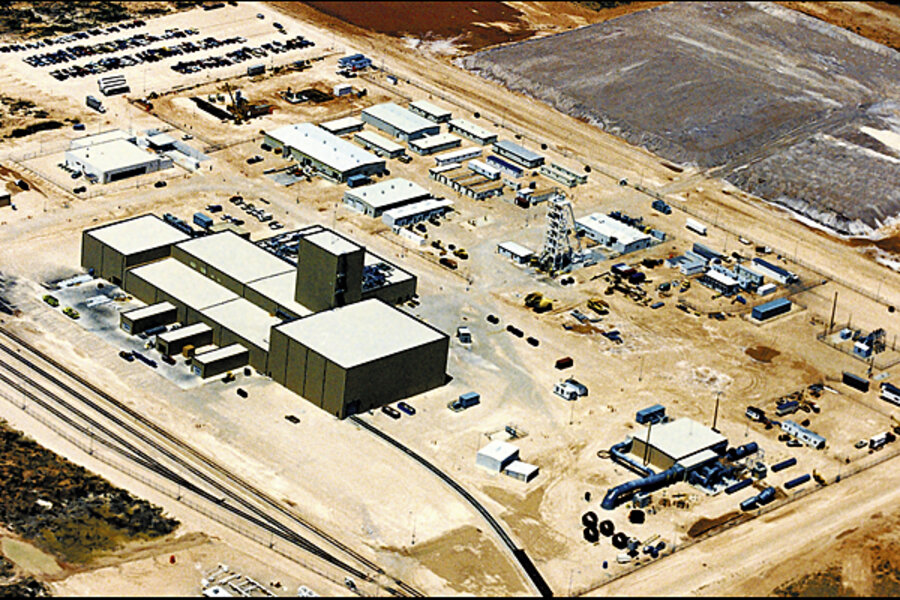Nuclear repository fire contained in New Mexico
Loading...
| CARLSBAD, N.M.
Crews declared a blaze at an underground nuclear repository in southeastern New Mexico snuffed out and determined that there was minimal damage after a truck hauling salt caught fire and prompted an evacuation.
Two mine rescue teams went into the earth at the Carlsbad-area Waste Isolation Pilot Plant, where the federal government seals away its low-grade nuclear waste, including plutonium-contaminated clothing and tools. The teams determined the fire was no longer burning and reported the air was clear and safe to breathe, a news release and Susan Scott, a spokeswoman who answered an emergency line, said late Wednesday.
All employees were evacuated from the underground site after the fire broke out about 11 a.m. Wednesday, and none of the radioactive waste was affected, plant officials said. Six people were treated for smoke inhalation and released a short while later.
Early Thursday, officials said the situation was stable and firefighting foam was applied to prevent embers from reigniting. Emergency response efforts wrapped up but an investigation is underway in an effort to get the plant safely back online, a statement said. A phone call to the plant early Thursday went unanswered.
No information was released on what caused the blaze or when the site would reopen.
The statement early Thursday said employee training and emergency efforts protected workers and minimized equipment damage.
At a Wednesday afternoon news conference, officials said the fire occurred on a truck in the facility's north mine, the Carlsbad Current-Argus reported. Nuclear waste is stored in the south mine, officials said.
Fire suppression systems and rescue teams were immediately activated, and all waste handling operations were suspended, officials said.
Rep. Steve Pearce, R-N.M., issued a statement characterizing the event as a "minor fire."
"It is critically important to note that at no point did the fire threaten the waste disposed of at the WIPP, nor was the community or public ever at risk," he said.
The Waste Isolation Pilot Plant is the nation's first and only deep geological nuclear repository. It takes plutonium-contaminated waste from Los Alamos National Laboratory and defense projects, and buries it in rooms cut from underground salt beds.
Nevada's Yucca Mountain is another underground site built as a potential repository for used nuclear fuel, but it is not operational, said Rod McCullum, the director of used-fuels programs at the Nuclear Energy Institute.
The New Mexico facility receives 17 to 19 shipments each week from sites around the country, including Los Alamos and installations in Idaho, Illinois and South Carolina.
The repository is licensed by the federal Environmental Protection Agency every five years, McCullum said.







